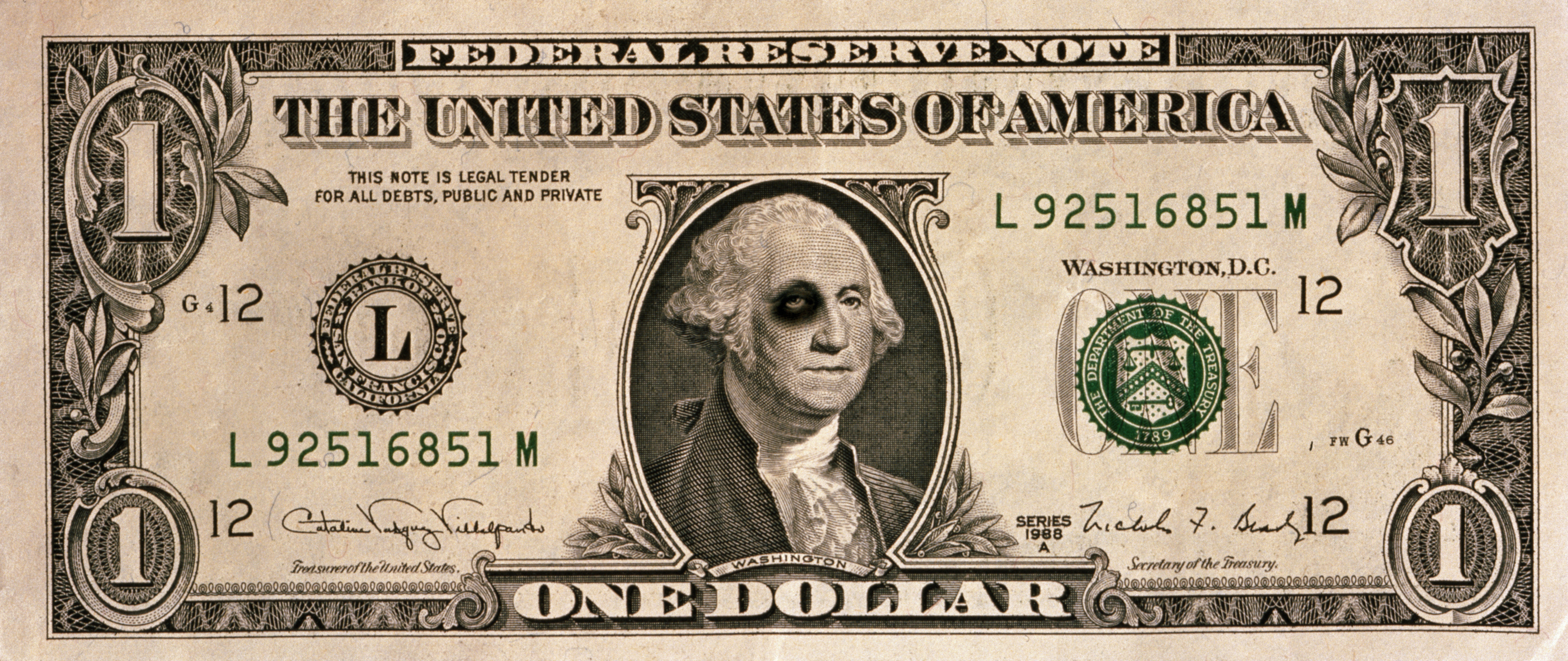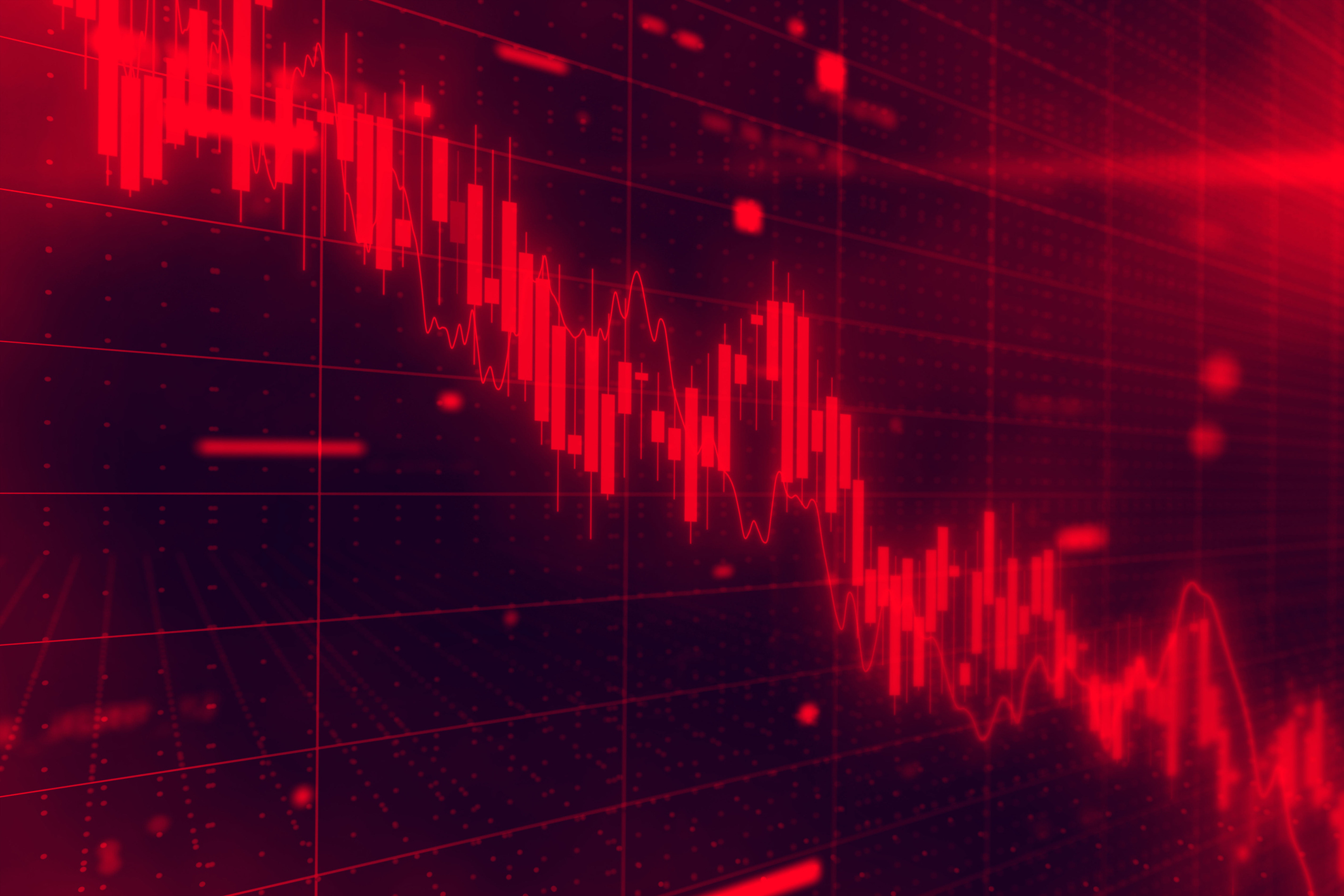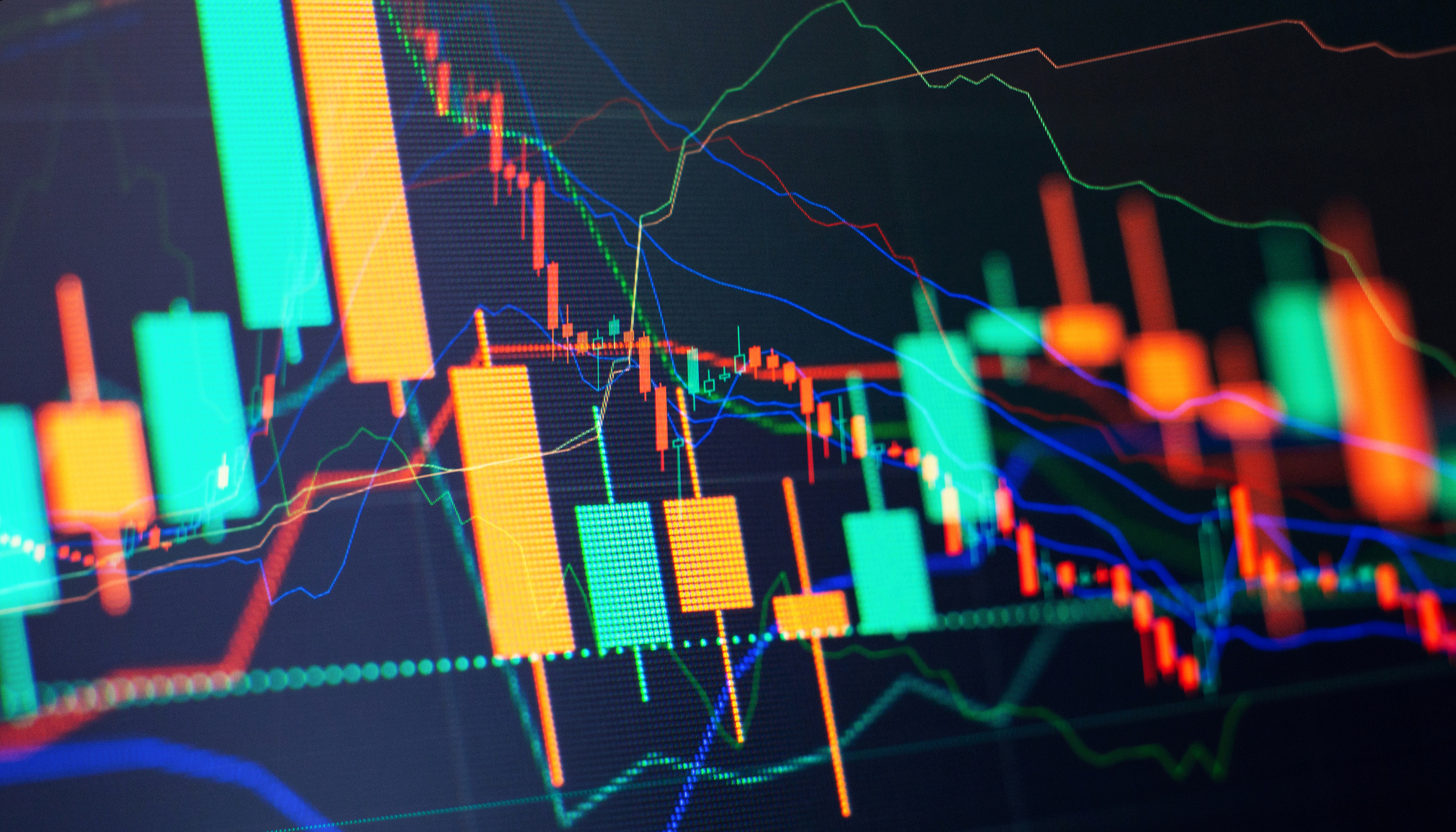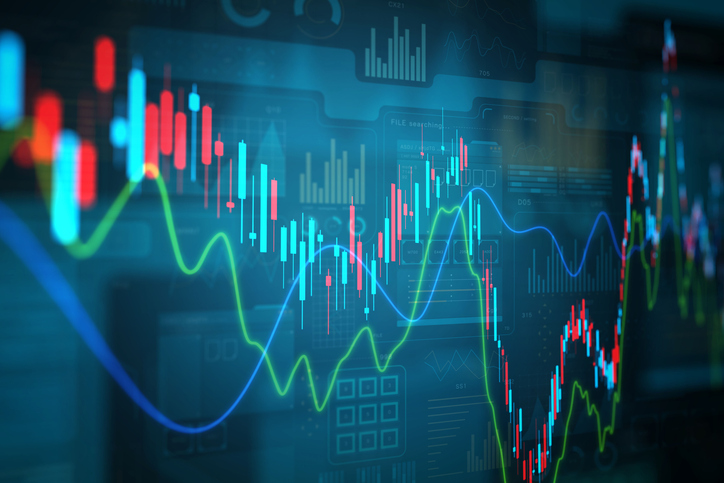Market Volatility: Get Used to It
The second pullback of 2019 is probably not the end of the bull market.

For a bull market that has kept the bear at bay for more than a decade, this stock market is racking up some scary downturns. The one that began after Standard & Poor’s 500-stock index hit a high in late July saw stocks fall close to 6% by mid August, with occasional bounces depending on the news of the day, presidential tweets or interest-rate moves.
The summer swoon still qualifies as just a “pullback,” defined as a drop of between 5% and 9.9% from the market’s most recent high. But that makes the second pullback so far in 2019, following two full-blown corrections—declines of 10% to 19.9% from the high—in 2018. Once you get past 20%, you’re in bear country.
Does the market’s malaise mark the end of the bull’s run? For now, it looks like the bull will live to fight another day, but you can probably expect more pain and certainly more volatility.

Sign up for Kiplinger’s Free E-Newsletters
Profit and prosper with the best of expert advice on investing, taxes, retirement, personal finance and more - straight to your e-mail.
Profit and prosper with the best of expert advice - straight to your e-mail.
The culprit that keeps knocking the wind out of the market is the trade war between the U.S. and China
The safe havens investors seek during times of turmoil, such as gold and U.S. Treasuries, have risen in price as stocks have convulsed (see Time to Invest in Gold?). A sentiment survey from the American Association of Individual Investors found that pessimism spiked in early August to the highest level since December 2018.
The culprit that keeps knocking the wind out of the market is the trade war between the U.S. and China, which, on any given day, appears either intractable or closer to a resolution. Although a portion of the latest round of tariffs on Chinese goods—mostly consumer items—has been delayed until December, the reprieve is only a modest positive and not an economic game changer, say analysts at Bank of America Merrill Lynch. “We still expect the trade war to last indefinitely,” they say.
Worries about the global economy are intensifying. A trusted barometer flashed a recession warning when yields on 10-year Treasuries recently dipped below the yield on two-year notes. An inverted yield curve, as the phenomenon is known, has preceded each of the past six recessions. But the lead times are long—21 months, on average—and stocks have gained an average of 22% before the economy finally rolled over.
What could go right. The positives that investors can latch onto include a strong labor market, healthy consumer spending and a flexible and accommodative Federal Reserve. Market weakness should prove “limited and temporary,” says Canaccord Genuity strategist Tony Dwyer, who sees the S&P 500 at the 3350 level by year-end 2020, a nearly 18% gain from its recent close (prices and returns are as of August 15).
Don’t rush to put new money in the market, says Wells Fargo Investment Institute strategist Darrell Cronk. Better to wait for higher conviction about a market bottom. In the meantime, focus your portfolio on high-quality stocks and bonds. Favor large-company stocks over small-cap issues, for example, and investment-grade bonds over high-yield debt.
Lessen the impact of the trade war on your portfolio with a tilt toward service providers and away from goods producers, say Goldman Sachs strategists. Think more Microsoft (symbol MSFT, $134) and less Apple (AAPL, $202), for instance. Dampen the swings in your portfolio overall with low-volatility exchange-traded funds, such as iShares Edge MSCI Min Vol USA (USMV, $62). Finally, find good international low-vol choices.
Get Kiplinger Today newsletter — free
Profit and prosper with the best of Kiplinger's advice on investing, taxes, retirement, personal finance and much more. Delivered daily. Enter your email in the box and click Sign Me Up.

Anne Kates Smith brings Wall Street to Main Street, with decades of experience covering investments and personal finance for real people trying to navigate fast-changing markets, preserve financial security or plan for the future. She oversees the magazine's investing coverage, authors Kiplinger’s biannual stock-market outlooks and writes the "Your Mind and Your Money" column, a take on behavioral finance and how investors can get out of their own way. Smith began her journalism career as a writer and columnist for USA Today. Prior to joining Kiplinger, she was a senior editor at U.S. News & World Report and a contributing columnist for TheStreet. Smith is a graduate of St. John's College in Annapolis, Md., the third-oldest college in America.
-
 The Role of the U.S. Dollar in Retirement: Is It Secure?
The Role of the U.S. Dollar in Retirement: Is It Secure?Protect your retirement from de-dollarization, because “capital always goes where it is treated best."
By Adam Shell
-
 Retire in France for Beauty and Culture
Retire in France for Beauty and CultureFrance offers a great history and a slower pace of life for retirees. At times, it can feel like stepping into a postcard.
By Brian O'Connell
-
 How Can Investors Profit From AI's Energy Use?
How Can Investors Profit From AI's Energy Use?Global energy demand is expected to grow by leaps and bounds over the next several years as AI usage accelerates. Here's how to get a piece of the pie.
By Jacob Schroeder
-
 Stock Market Today: Dow Rises 854 Points From Its Intraday Low
Stock Market Today: Dow Rises 854 Points From Its Intraday LowIf there's one thing markets hate, it's uncertainty. But uncertainty is all they're getting these days.
By David Dittman
-
 Microsoft Stock: Innovation Spurs Its 100,000% Return
Microsoft Stock: Innovation Spurs Its 100,000% ReturnMicrosoft's ability to recognize the "next big thing" has allowed sales – and its share price – to grow exponentially over the years.
By Louis Navellier
-
 Stock Market Today: Stocks Skid Into Another Risk-Off Turn
Stock Market Today: Stocks Skid Into Another Risk-Off TurnThe promise of the AI revolution can't overcome flickering hopes for a "Fed put."
By David Dittman
-
 CoreWeave IPO: Should You Buy CRWV Stock?
CoreWeave IPO: Should You Buy CRWV Stock?The CoreWeave IPO was the biggest public offering of the year so far, with the AI cloud company making its market debut on Friday, March 28.
By Karee Venema
-
 Should You Sell Tesla Stock as Elon Unrest Grows?
Should You Sell Tesla Stock as Elon Unrest Grows?Tesla's CEO is wearing many hats and is managing them "with great difficulty."
By David Dittman
-
 Stock Market Today: Mixed Messages Muddle Markets
Stock Market Today: Mixed Messages Muddle MarketsStocks cruised into pre-market action on encouraging news for the AI revolution but stumbled on yet another policy disturbance.
By David Dittman
-
 Stock Market Today: Dow Gains After Nike Gets Upgraded
Stock Market Today: Dow Gains After Nike Gets UpgradedJefferies thinks Nike's new CEO will spark a turnaround in the beaten-down blue chip.
By Karee Venema